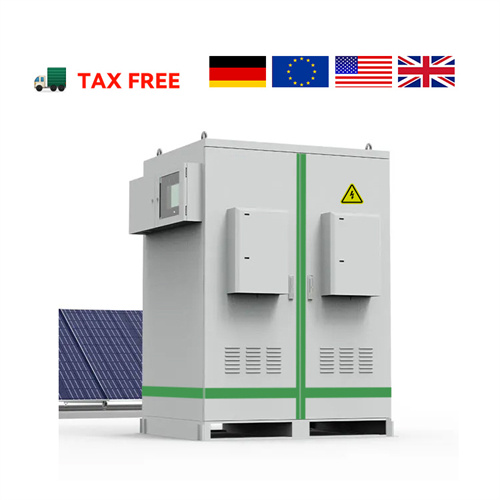About Photovoltaic cells human health impacyt
ent on human health is overwhelm-ingly positive. This pollution reduction results from a partial replacement of fossil-fuel fired generation by emission-free PV-generated electricity, which reduces harmful sulfur dioxide (SO2), nitrogen ox.
As the photovoltaic (PV) industry continues to evolve, advancements in Photovoltaic cells human health impacyt have become critical to optimizing the utilization of renewable energy sources. From innovative battery technologies to intelligent energy management systems, these solutions are transforming the way we store and distribute solar-generated electricity.
When you're looking for the latest and most efficient Photovoltaic cells human health impacyt for your PV project, our website offers a comprehensive selection of cutting-edge products designed to meet your specific requirements. Whether you're a renewable energy developer, utility company, or commercial enterprise looking to reduce your carbon footprint, we have the solutions to help you harness the full potential of solar energy.
By interacting with our online customer service, you'll gain a deep understanding of the various Photovoltaic cells human health impacyt featured in our extensive catalog, such as high-efficiency storage batteries and intelligent energy management systems, and how they work together to provide a stable and reliable power supply for your PV projects.
Related Contents
- Photovoltaic cells human impact
- What are photovoltaic solar cells made of
- Photovoltaic cells uv vis spectroscopy
- How do photovoltaic cells work animation
- Giga factory for photovoltaic cells
- High efficiency photovoltaic cells
- Solar energy conversion process in photovoltaic cells
- Solar photovoltaic cells in melbourne
- Nighttime photovoltaic cells pdf
- A fuel source captured using photovoltaic cells is called
- What is a photovoltaic cells
- Photovoltaic cells vs solar thermal


